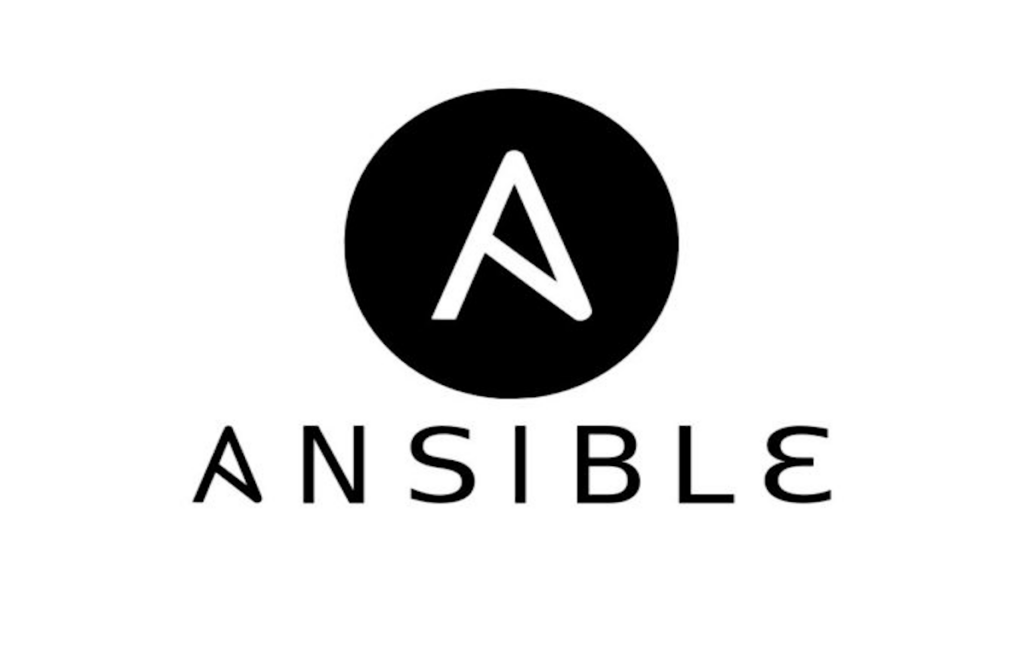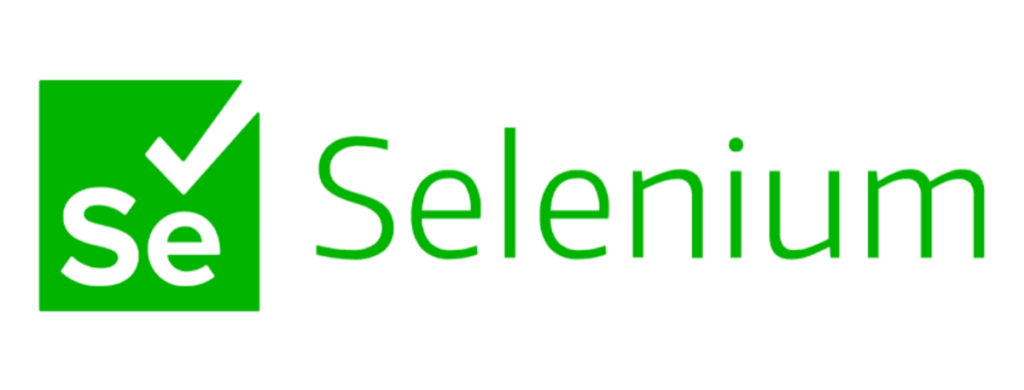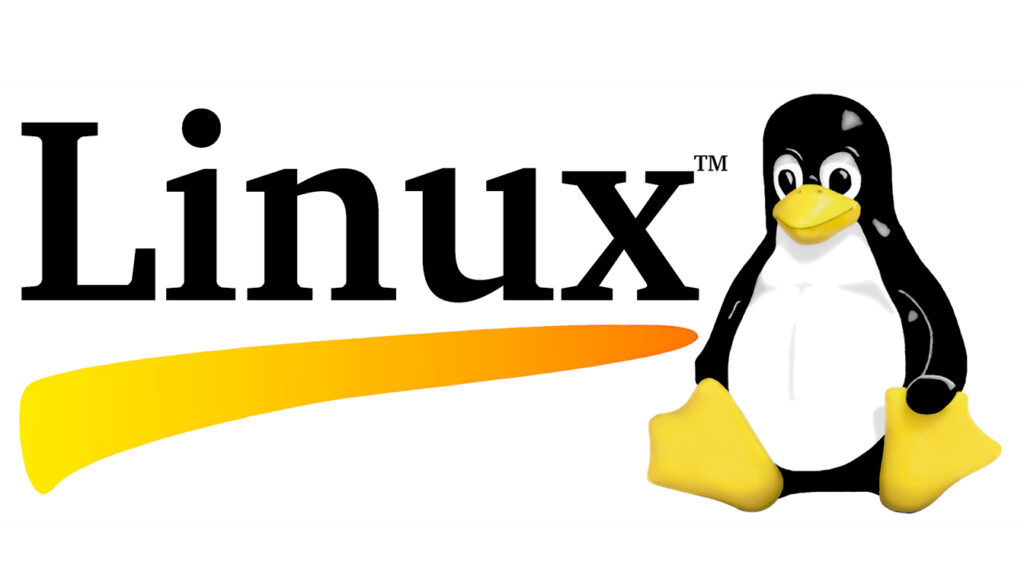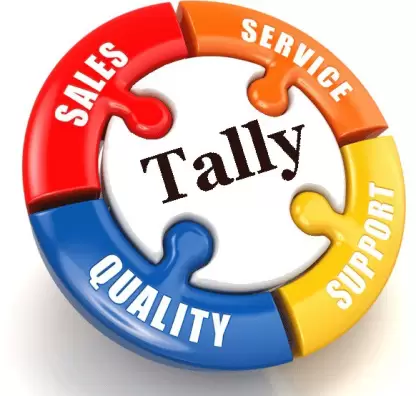
Course Details
- Category
- Devops Training
- Mode of Training
- Online/Offline
- Duration
- 3 months
- Fees
- ₹ 25K
Course Features
Instructor led Sessions
The most traditional way to learn with increased visibility, monitoring, and control over learners with ease to learn at any time from internet-connected devices.
Real-life Case Studies
Case studies based on top industry frameworks help you to relate your learning with real-time based industry solutions.
Assignment
Adding the scope of improvement and fostering the analytical abilities and skills through the perfect piece of academic work.
Certification
Each certification associated with the program is affiliated with the top universities providing edge to gain epitome in the course.
Instructor led Sessions
With no limits to learning and in-depth vision from all-time available support to resolve all your queries related to the course.
Ansible Training
Oranium Tech introducing some amazing content on Agile. Ansible® is an open-source IT automation engine that automates provisioning, configuration management, application deployment, orchestration, and many other IT processes
Course Syllabus
- Why configuration management is a critical part of any DevOps team
- Strengths and weaknesses of Ansible
- Webscale
- How Ansible is different from other CM tools like Chef and Puppet
- Getting started with Ansible terminology
- Ansible and YML for describing your environments
- Some prerequisites
- Getting set up on a Mac
- Getting set up on Linux
- Getting set up on Windows
- Testing with Vagrant
- Using SSH keys to connect to your target nodes
- Basic inventory example
- Hosts and groups
- A useful directory structure to keep your Ansible code organized
- Using git to manage your Ansible code
- A first look at a playbook to install and configure NTP time synchronization
- Connecting Ansible to your preferred cloud provider (we’ll use DigitalOcean)
- Creating a new server instance
- Dynamic inventory
- Dynamic inventory on Amazon AWS
- Mixing static and dynamic inventory
- Spec up our inventory and host groups
- Using roles
- Configure our database backend
- Configure our web server front-end
- Configure a replicated filesystem
- Configure centralized logging
- Deploying our app from SCM to our local Vagrant environment
- How we would deploy that code to production once tested by QA
- Updating our application
- How Ansible compares to alternatives such as Capistrano
- A brief intro to Docker
- The synergy of containerization and automation
- Using Ansible to build Docker containers
- MySQL containers
- Web application containers
- Data storage containers
- Unit, integration and functional testing
- Automating your testing using GitHub and Travis CI
- Real-world use case: Using Ansible to automate CM and application pipelines through
- continuous integration, release, deployment, and operations
- We’ll review your own environments and processes and evaluate how to best integrate Ansible’s
- configuration management for your own needs













